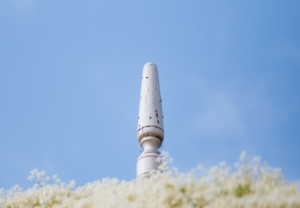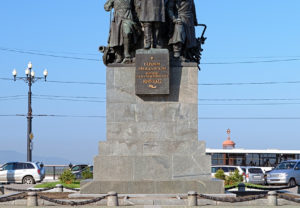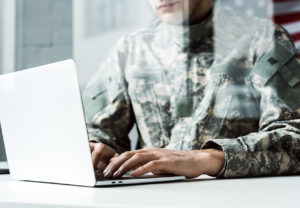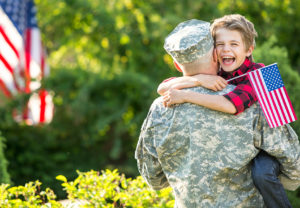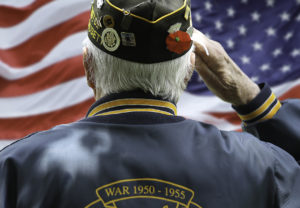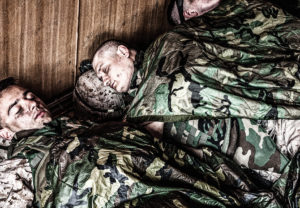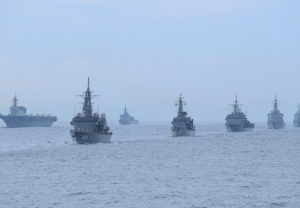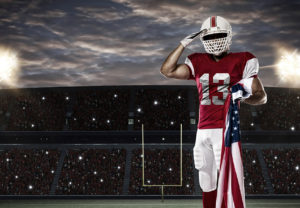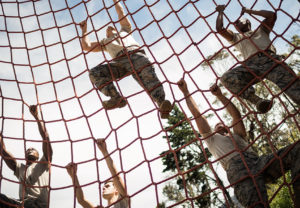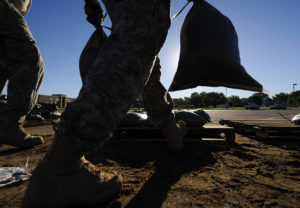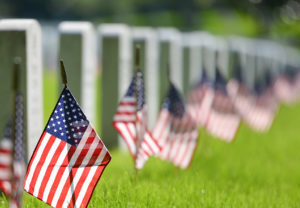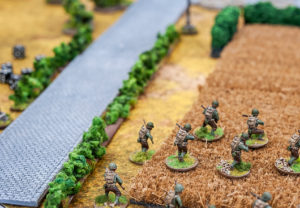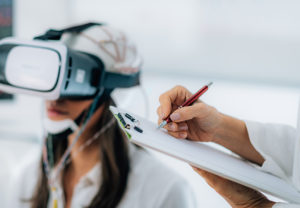“I didn’t ask for it, never did want nothing to do with it. I don’t know.”
Back in 2004, during the furious Second Battle of Fallujah, United States Marine James Blake Miller was simply doing his job, fighting to stay alive and protect his fellow leathernecks — when the scanning lens of Los Angeles Times photographer Luis Sinco caught his gaze.
It was a moment that changed his life, and rattled the emotions of millions of Americans.
It ran in more than 150 newspapers worldwide. Dan Rather highlighted the image, and Miller himself, on the CBS Evening News.
And all these years later the picture is still bounding about the internet, popping up here and there. Sarah Palin posted it to her Facebook page to protest college students protesting tuition hikes. Memes both honorable and nefarious frame Miller, sadly without any context, and with no say from the man himself.
Here are his own words, on what was going on when Sinco’s flashbulb gleamed.
“My nerves were so shook up. I felt like I was in some kind of catatonic state — like I couldn’t move, I couldn’t think. I couldn’t blink. I couldn’t show no facial expression.”
https://www.youtube.com/watch?v=LoQHZe0M3I8
This was the lede to piece published by the photographer in the Los Angeles Times back in 2007:
The young Marine lighted a cigarette and let it dangle. White smoke wafted around his helmet. His face was smeared with war paint. Blood trickled from his right ear and the bridge of his nose.
Momentarily deafened by cannon blasts, he didn’t know the shooting had stopped. He stared at the sunrise.
His expression caught my eye. To me, it said: terrified, exhausted and glad just to be alive. I recognized that look because that’s how I felt too.
He went on to describe the tough road Miller faced a few years after he’d returned from his deployment. Severe symptoms of post-traumatic stress disorder (PTSD) began interfering with his life, and his career (his USMC career abruptly ended in 2005).
He also, however, included this very telling story that took place during the height of the photograph’s fame — when Miller’s face had become almost an official emblem for the Iraq War. It’s a shame it can’t be permanently attached to the anecdote, a caption to the image that can’t be torn away, no matter what:
“Miller get your ass up here,” a first sergeant barked on the radio.
Miller had no idea what was going on as he ran through the rubble. He snapped to attention when he saw the general.
Natonski shook Miller’s hand. Americans had “connected” with his photo, the general said, and nobody wanted to see him wounded or dead.
“We can have you home tomorrow,” he said.
Miller hesitated, then shook his head. He did not want to leave his buddies behind. “It just wasn’t right,” he told me later.
The tall, lanky general towered over the grunt. “Your father raised one hell of a young man,” he said, looking Miller in the eye. They said goodbye, and Natonski scrambled back to the command post.
For his loyalty, Miller was rewarded with horror. The assault on Fallujah raged on, leaving nearly 100 Americans dead and 450 wounded. The bodies of some 1,200 insurgents littered the streets.”
According to CNN, in 2013 — thanks to the help of the cameraman who made him famous — Miller reunited with his wife (they had split a year into their marriage after his medical discharge and return to Kentucky, in 2006) and was receiving proper treatment for his PTSD.


